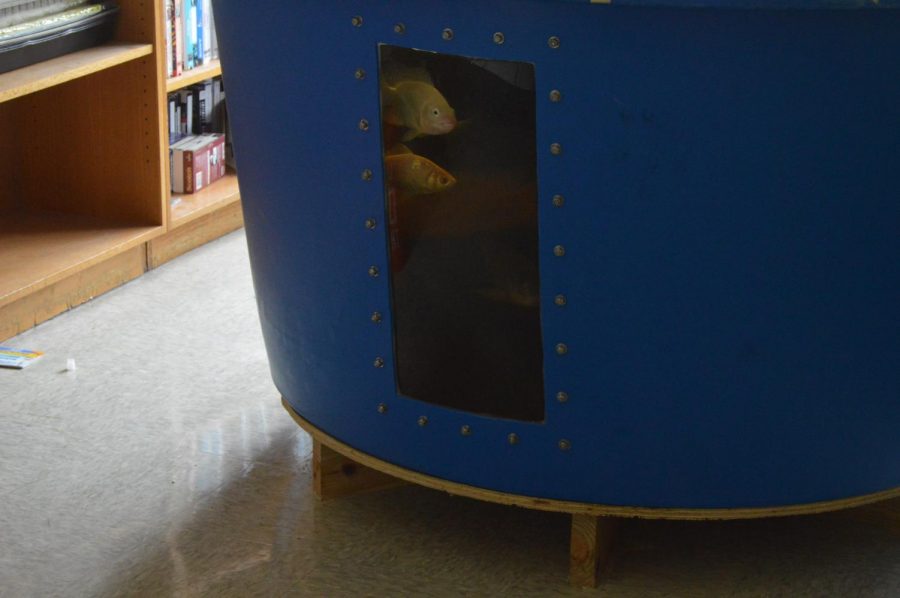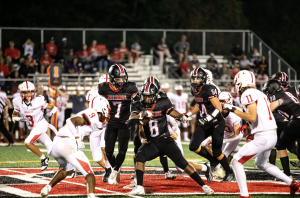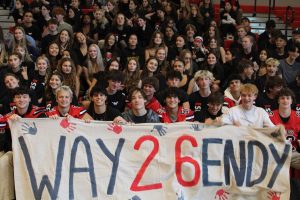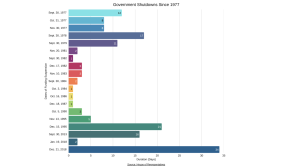There’s something fishy going on
Four fish are pictured in the fish room. Many students know nothing about the fish room. (Photo by Sam Mostow)
June 7, 2019
At the end of the English hallway in Ms. Siegel’s room, there is one of George Mason’s hidden gems. At first glance, it seems as though there is nothing but closets, but upon closer observation, one of these closets is actually more than it appears. Inside, a massive tub with dozens of Tilapia, a common type of fish that is raised for food, sits along with another smaller fish tank.
“The fish room?” said Ben Yimaj, freshman. “[I know] nothing.”
The fish room, as it is known, was made possible by a grant from the Falls Church Education Foundation. The purpose was to work on problem-based learning and project-based learning. These learning strategies are used with the Environmental Science class and club.
“We were looking for kids to have non-traditional learning experiences, outside of the classroom. And agriculture, in general, is an upcoming industry. Especially in urban agriculture. And we wanted to test the waters. It has direct links to biology and environmental science.” said science teacher Mr. Perkins, one of the main organizers of the fish room.
The goal of the fish room?
“To make fish tacos in the cafeteria,” said Perkins.
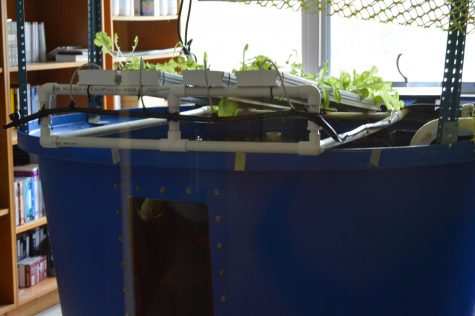
The fish room has two tanks; one large one, where most of the fish are kept, and a small one where a few fish are kept separate so that they can breed. The goal is to eventually sell the Tilapia raised in the fish room to the cafeteria to serve to students for lunch. The Science department already sells the lettuce they grow in the hydroponic garden above the larger tank and in. Dr. Mecca’s room to the cafeteria. The lettuce is watered and goes into the tank that gets consistently filtered water in a cycle.
Students help with the project by feeding the fish and monitor the quality of the water. They check the ammonia, nitrate, nitrite, temperature, and pH.
Freshman Truman Lapp is one of the students who helps with these tasks. He has been helping take care of the fish for three to four months during his biology class.
“I’m in charge of testing the water, I make sure that the quality of the water is good so [the fish] don’t die,” said Lapp.
Students who are interested in helping should reach out to either Dr. Mecca or Mr. Perkins to find out how they can help with either the aquaponic, hydroponic, and aquaculture projects at Mason.



